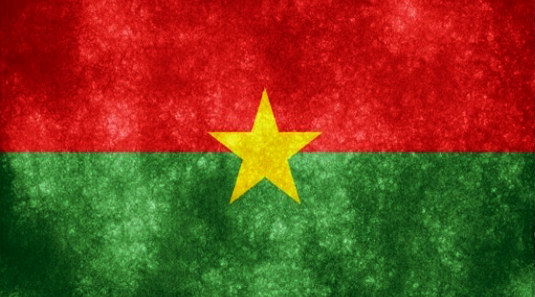
Burkina Faso
Capital city — Ouagadougou
The system organisation
Organisation of the penitentiary system
Penitentiary institutions are run by the Directorate General of Prison Security (Direction générale de la garde de sécurité pénitentiaire, DGGSP) and the Criminal Policy and Seal Branch (La Direction générale de la politique criminelle et du Sceau). They are attached to the Ministry of Justice, Human Rights and Civic Promotion (Ministère de la Justice, des Droits Humains et de la Promotion Civique, MJDHPC) 1.
The parliament adopted a draft law on the 10 April 2017 defining a new framework for the penitentiary system.
The penitentiary system is divided into four categories:
- Jails (Les maisons d’arrêt);
- Correctional homes (Les maisons de correction);
- Prison farms (Les centres pénitentiaires agricoles);
- Rehabilitation and vocational training centers for minors.
There are two types of inmate treatment regimes: the one in a semi-open and the other in a closed environment. The prison conditions in closed environment are similar for all categories of prisoners, ranging from the accused to those sentenced to long penalties.
The Criminal Policy and Seal Branch (La Direction générale de la politique criminelle et du Sceau) recognizes that persons against whom measures of deprivation of liberty are taken (untried prisoners, accused, convicted) and even some of them against whom no legal prosecution has yet begun are locked up in the same penitentiary called a correction center and prison (maison d’arrêt et de correction, MAC).
Each institution has its own internal regulations that determine how prisoners are treated.
Decree No. 83-147 / CNR / PRES / MJ, of 11 October 1983 reorganizing the central administration of the Ministry of Justice. ↩